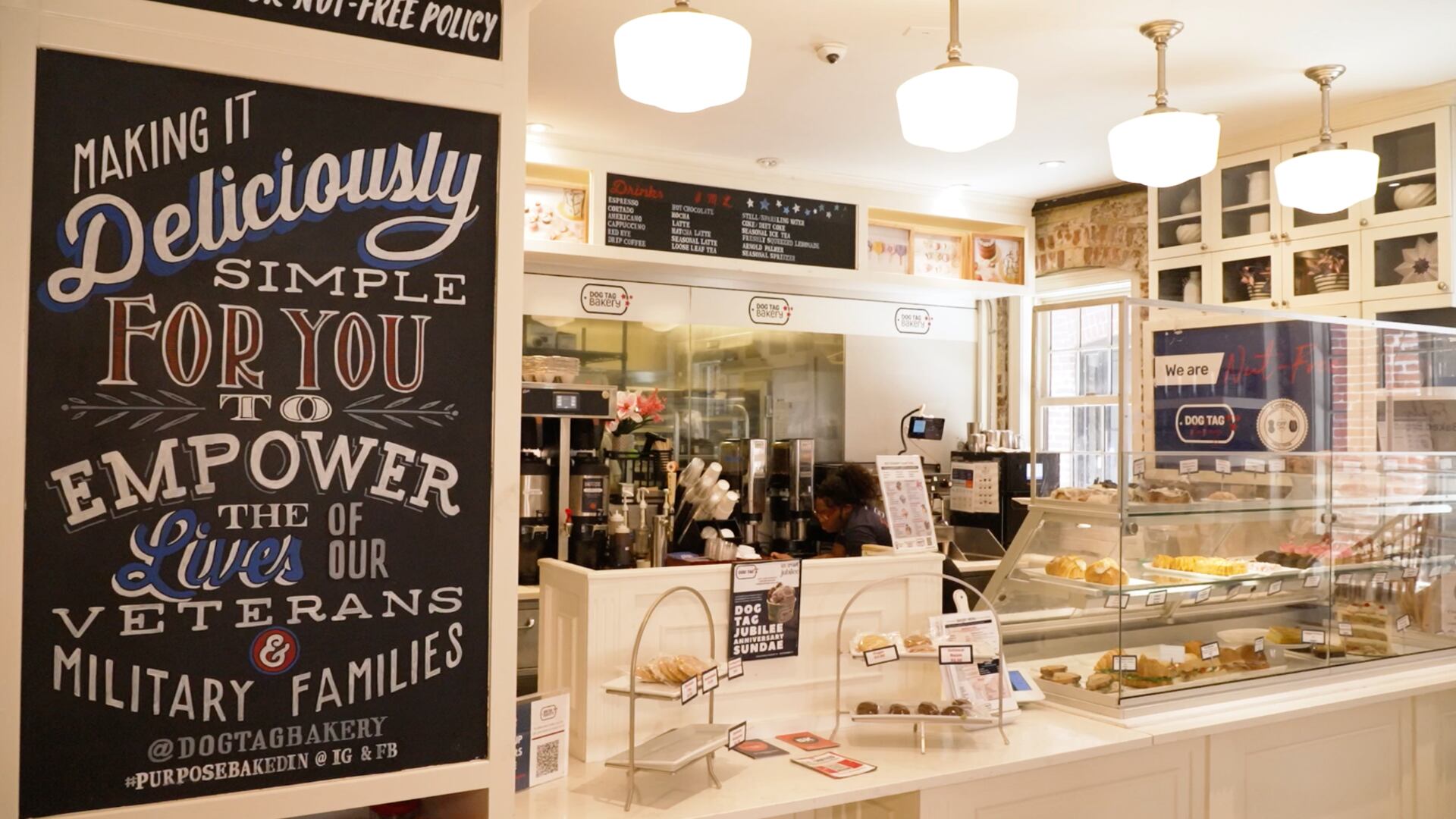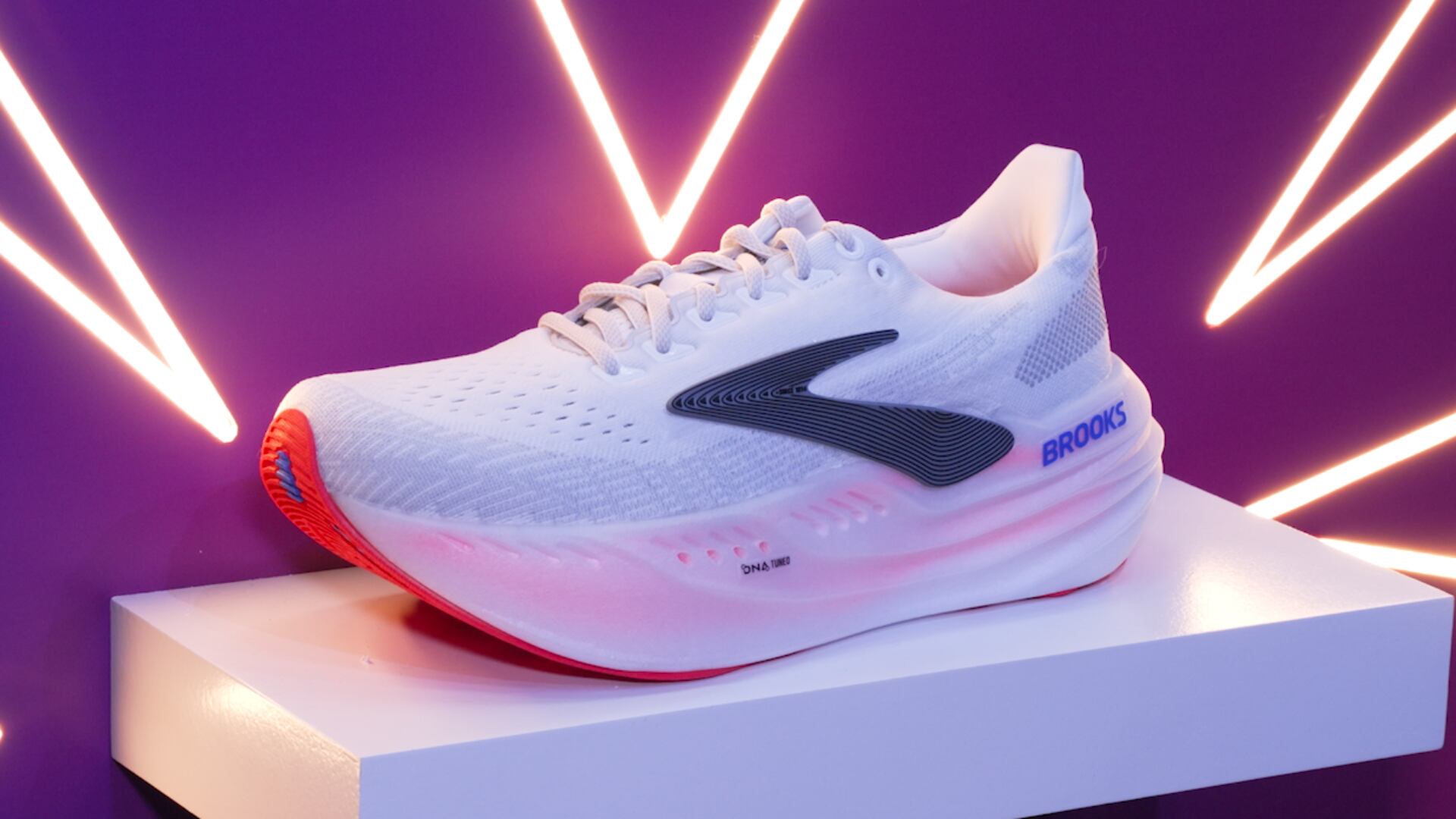This story was first published on Entrepreneur.com.
By Sarah Austin — Entrepreneur Leadership Network Contributor — Author & Podcaster
The pandemic has motivated food brands to reinvent themselves with a digital footprint, as many shoppers have found grocery shelves cleared out in recent months. Since the initial coronavirus outbreak earlier this year, Gail Becker, founder and CEO of frozen/refridgerated health-food upstart Caulipower, has experienced an increase in sales and distribution via her company's website. Recalling those first several months, Becker says, "Our number-one goal was to guarantee that our consumers could always find our product, and our team has worked tirelessly to ensure that orders are filled and readily available."
In fact, dollar sales across the category of frozen pizza have increased by 18% to $5.94 billion spent on frozen pizza in 2020, according to data from Chicago-based IRI and reported by Jessica Wohl for Ad Age, who added, "Caulipower’s crust sales jumped 107% in the 52 weeks ended Oct. 4...and its frozen pizza sales rose 7.4% during the 52-week period."
But as as Covid cases continue to spike, a crisis compounded by annual flu-season woes, Becker and Caulipower are steeling themselves for more inevitable supply chain disruptions, which means doubling down on what worked for them in the first wave. And it's an approach that could be applicable to any small-business owner navigating the ups and downs of this retail era.
Related: A Well-Planned Company Pivot Can Save Your Business
Since the onset of the pandemic, Caulipower’s been paying close attention to what their consumers are saying and feeling across social media by tracking trending hashtags. After stumbling upon a number of, “I’m so sick of my own cooking” posts, Becker dug deeper and conducted a national survey of 4,000 Americans. She discovered that, despite all of the banana bread and sourdough recipes out there, 94% of respondents wished they had access to healthier, tastier, easier meals.
“We’ve seen a dash to what we call 'a tastier healthy'," she observes. "Delicious comfort foods that people crave, made with nutritious, cleaner ingredients.”
Trend lines were also clearly indicating that shoppers wanted to avoid brick-and-mortar stores and were turning to home-delivery options and curbside pickup. “Many people have shifted to ordering Caulipower through their own retailer’s click-and-collect and delivery routes," Becker confirms. "Knowing this, our team quickly optimized our presence on all of our retail partner websites, ensuring that Caulipower products could be easily found."
That underscores how important search engine optimization (SEO) is for all retail brands. In this case, shoppers who don’t know about healthy comfort food options can now simply enter precise keywords. SEO isn’t limited to Google either. As Caulipower's strategy exemplifies, it's more crucial than ever that brands stand out on retail-partner websites by custom optimizing their product descriptions regularly to meet keyword trends. For example, healthy food options are trending right now, but customers might also be searching for other delivery options. Therefore, in addition to optimizing product descriptions, food brands must focus on giving their customers the various type of delivery options they crave.
Another set of trends Ms. Becker and her team picked up on was the growing popularity of subscription-delivery options and ready-to-prep meal kits. According to a new study from CuponFollow, an online platform that collects coupon codes and promotions from retailers, more than half of those surveyed said they purchased a subscription box to try new products, and 39% said they enjoy getting products by mail.
Caulipower reacted quickly by launching a direct-to-consumer subscription box dubbed the "Sick of My Own Cooking" bundle that includes riced cauliflower cups, a cookbook with easy recipes shoppers have been asking for on social media, a mitt and pizza cutter, among other tems. “As online purchasing increased, we wondered, ‘How can we deliver straight to someone’s door, but turn it into an experience that makes their lives easier and brings some joy?’" Becker says of the company's adaptation. "Knowing that 40% of Americans had reached the “sick of my own cooking” phase of quarantine, we decided to sell directly to consumers for the first time in Caulipower history."
Related: Simple Strategies for Restaurant Owners to Get More Customers and Make More Money
The company anticipates continued demand as consumers continue seeking out healthier alternatives during the pandemic, and by simply anticipating and tracking shifts in consumer behavior — and then adjusting accordingly — their supply chain team is well prepared for whatever this long winter might bring.
Opinions expressed by Entrepreneur contributors are their own.












